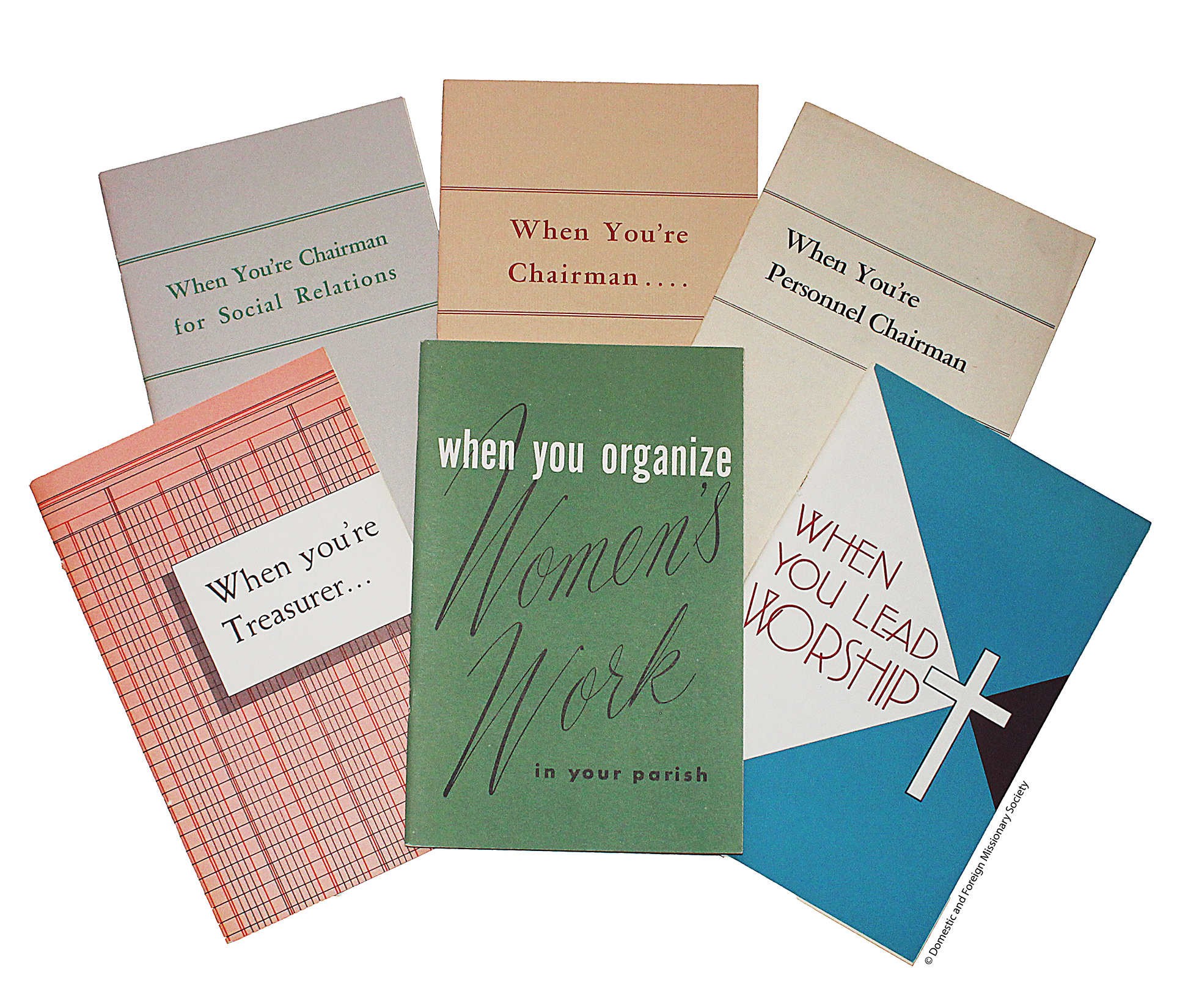Woman's Auxiliary
While women made significant strides in fundraising across the church at a local level, the need for a unified national church organization for women became increasingly apparent. Early attempts for unity came with the growth of national organizations designed to support a variety of domestic missions such as work among the urban poor, Black communities, Indigenous nations, and other outreach movements. As local fundraising efforts grew in mission fields around the world, calls for the systematic organization of missionary contributions did as well.
Led by sisters Julia Chester Emery and Mary Abbot Emery, the creation of a new organization that would unite the women of the church and urge them to think beyond the confines of their local parishes was proposed in 1862. Around the country, dozens of women's organizations were formed. The largest organization, The Ladies' Domestic Missionary Relief Association (LDMRA), had chapters in several prominent parishes in New York City, increasing the visibility and support for the important work of parish women. As the numbers of LDMRA chapters grew, Dr. Alvi Twing, the Secretary of the Board of Domestic Mission and an early champion of organizing the women of the church, wrote letters to influential publications such as The Spirit of Missions in support of a formal General Convention backing of women's work. By 1871, the General Convention of The Episcopal Church voted to establish the Woman's Auxiliary to the Board of Missions as an official office.
The first Secretary, Mary Abbot Emery, served from 1872 to 1876. In her four year tenure, Mary succeeded in connecting the disparate women's groups into a national network and began the major work of establishing Auxiliary chapters on the diocesan and parochial levels across the country, including within the remote frontier regions. She was succeeded by her younger sister, Julia Chester Emery, who would hold the position for the next 40 years. Julia Emery directed the expansion of the Woman's Auxiliary around the world and into every domestic and missionary diocese of The Episcopal Church.
In establishing Woman's Auxiliary chapters, the organization hoped to tap into the many pre-existing local women's groups and began by sending circulars to 2,000 rectors requesting a local parish contact for each church. Though plenty of parishes responded, overall growth of the Woman's Auxiliary was slow. Some groups were wary of coming under a national umbrella and losing their local control. As the Auxiliary grew and gained national attention for their work, the parishes that were initially hesitant eventually joined forces, expanding the power and influence of the Auxiliary significantly.
Proceedings and Minutes
Proceedings of the Board of Missions at their 36th Annual Meeting, establishing the Woman's Auxiliary, 1871.
A significant topic of discussion during the 1919 Woman's Auxiliary Triennial Meeting was the possible merger with the Executive Committee of the DFMS and how it might affect the organizational structure of the Woman's Auxiliary.
This report describes many concerns of the Woman's Auxiliary in an age of change: the death of Julia Emery; responsibilities of the Auxiliary in the church, including the training of women for service and the position of women in formal church leadership roles.


